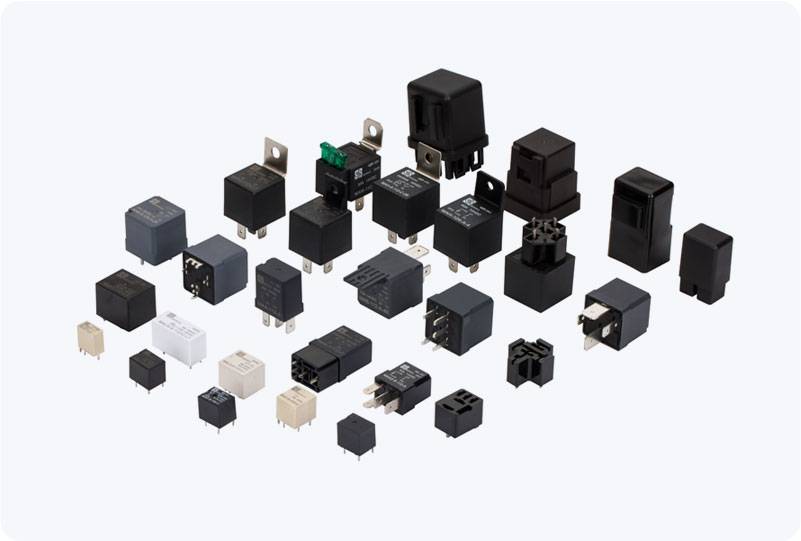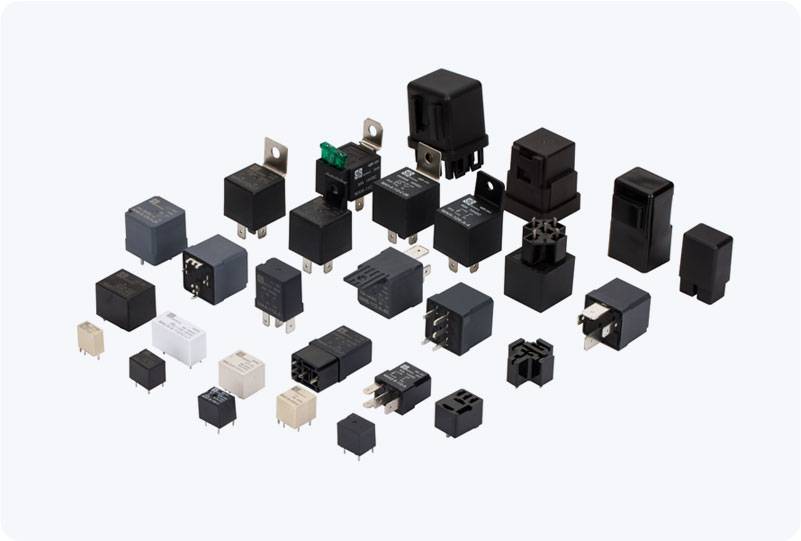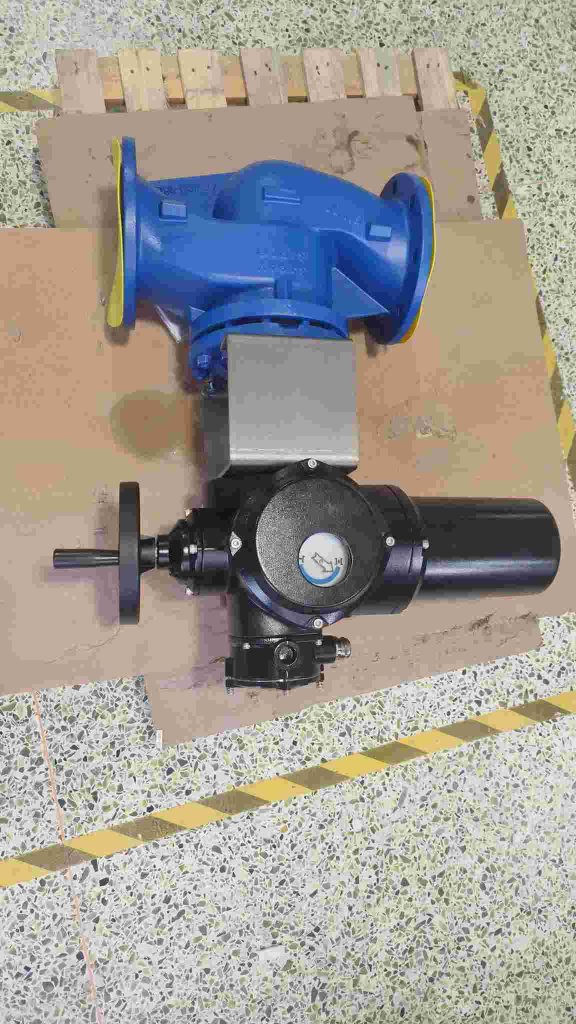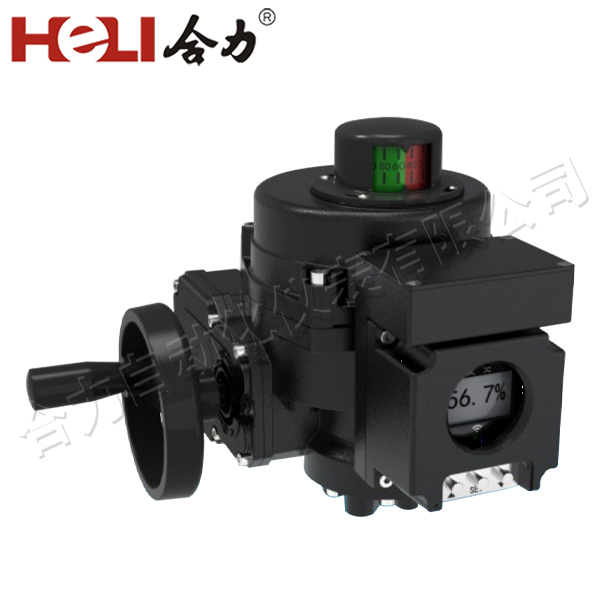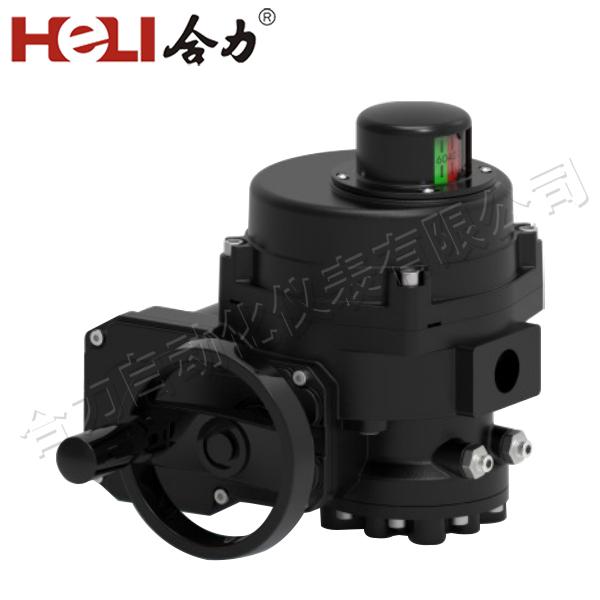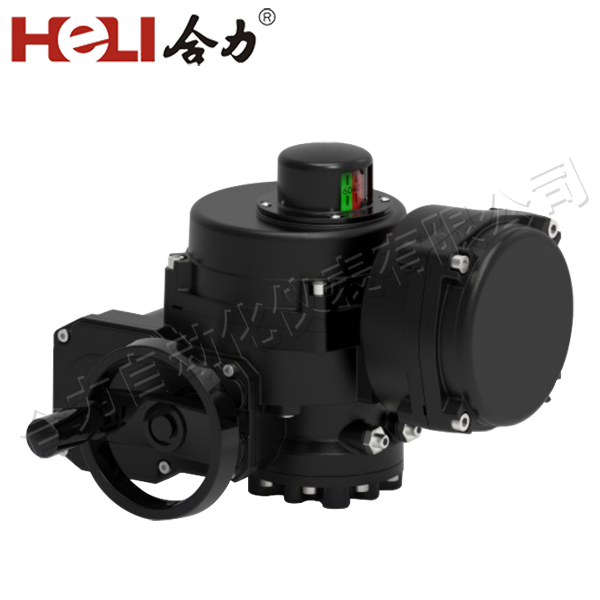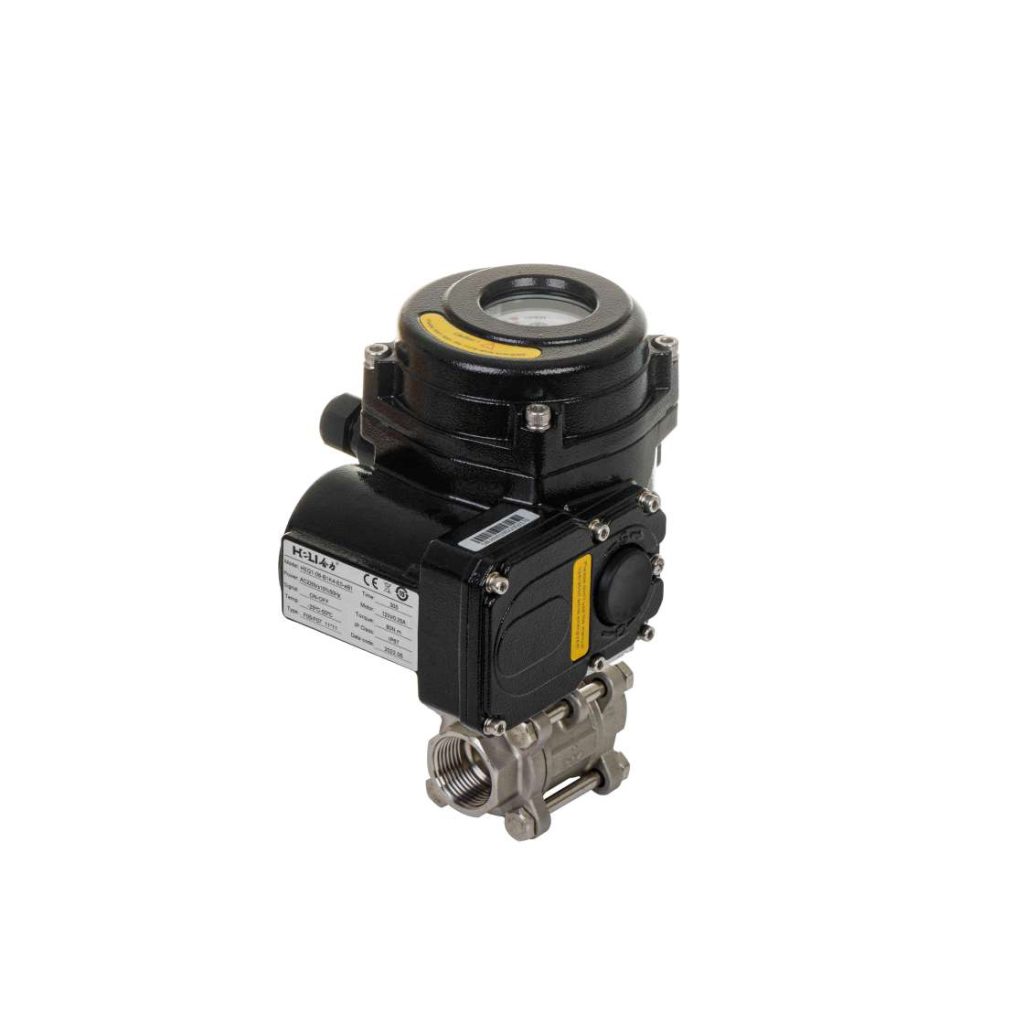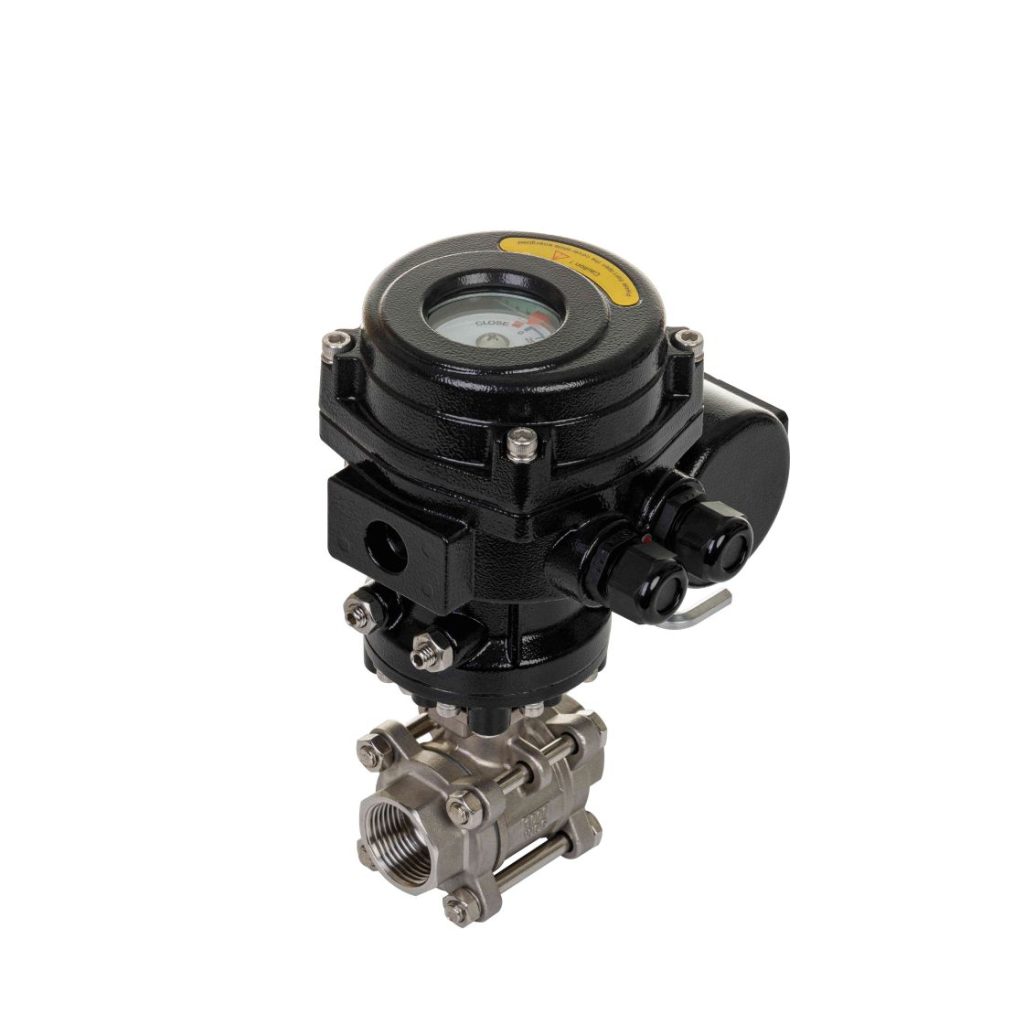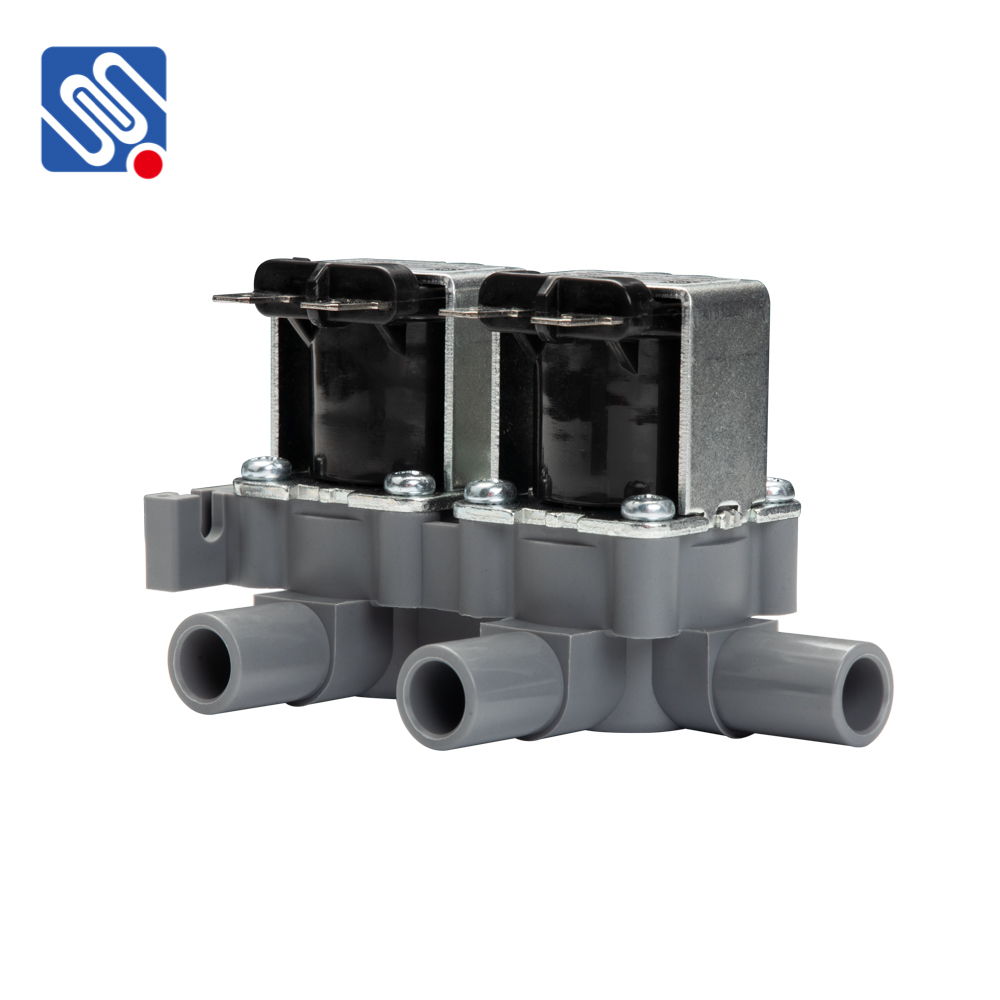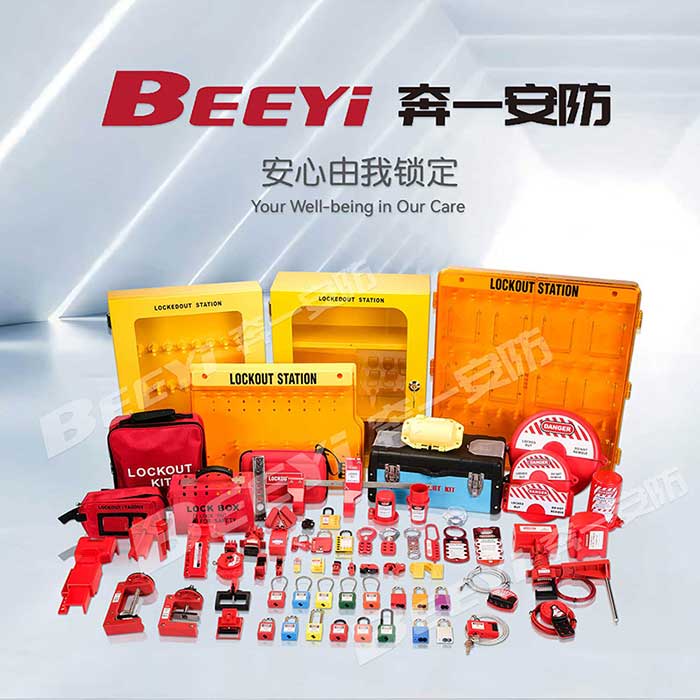In the world of data management, security, and version control, various mechanisms are put in place to ensure that the integrity of data is maintained and that unauthorized actions are prevented. One such mechanism is the use of lock tags. Lock tags are used to control access to certain resources, restrict modifications, and maintain consistency across systems. This article explores the role and significance of lock tags in different contexts, including version control, databases, and resource management, shedding light on how they play an essential role in safeguarding data and systems.
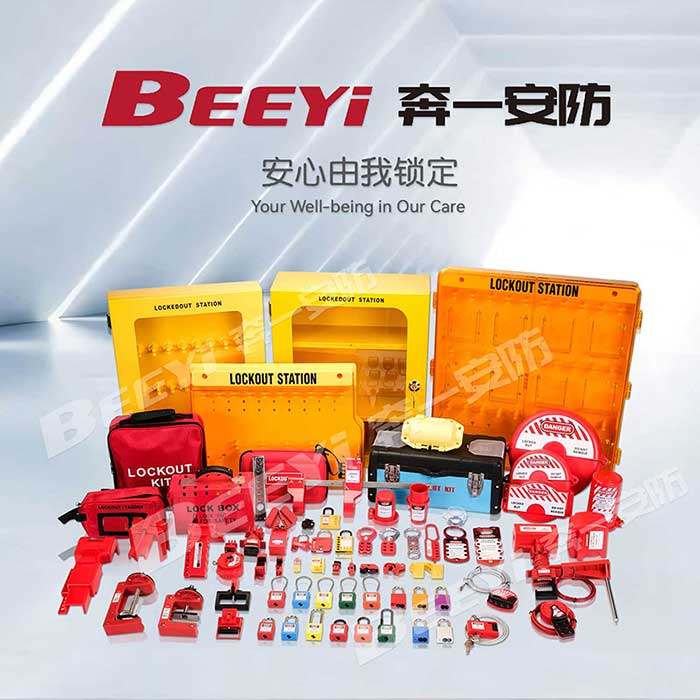
What Are Lock Tags? Lock tags are markers or labels that indicate a particular piece of data, file, or resource has been locked, restricting or preventing further modifications. They are commonly employed in systems where data integrity and control are crucial. A lock tag essentially “locks” the item, signaling to others that they cannot modify or access the resource without proper authorization or clearance. The use of lock tags is prevalent across various domains, such as version control systems, databases, and cloud computing. Lock Tags in Version Control Systems In version control systems like Git, SVN, and Mercurial, lock tags are used to manage concurrent development on different versions of files. These systems allow multiple developers to work on the same project simultaneously, but conflicts can arise if two people try to modify the same file at the same time. Lock tags help prevent such issues by allowing users to “lock” a file, indicating that it is currently being worked on by someone else. This way, other developers are prevented from making changes to the locked file until the original user has finished their work and unlocked it.
